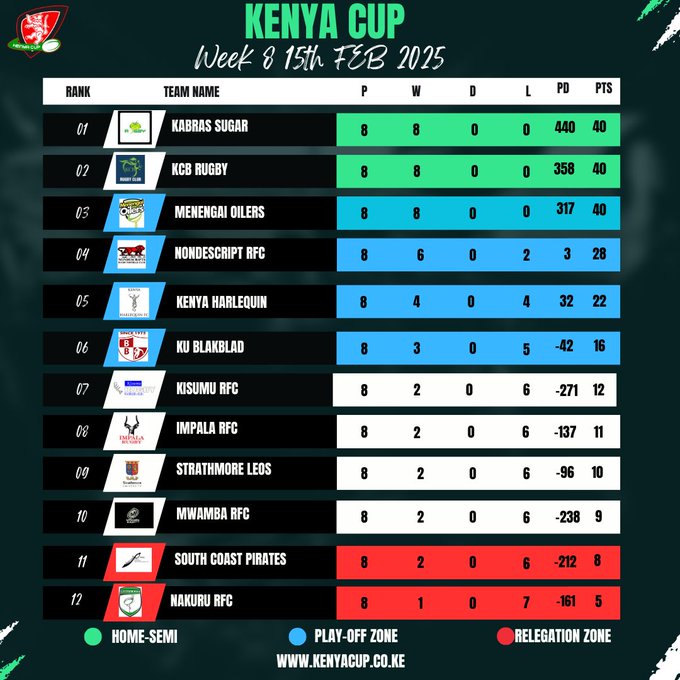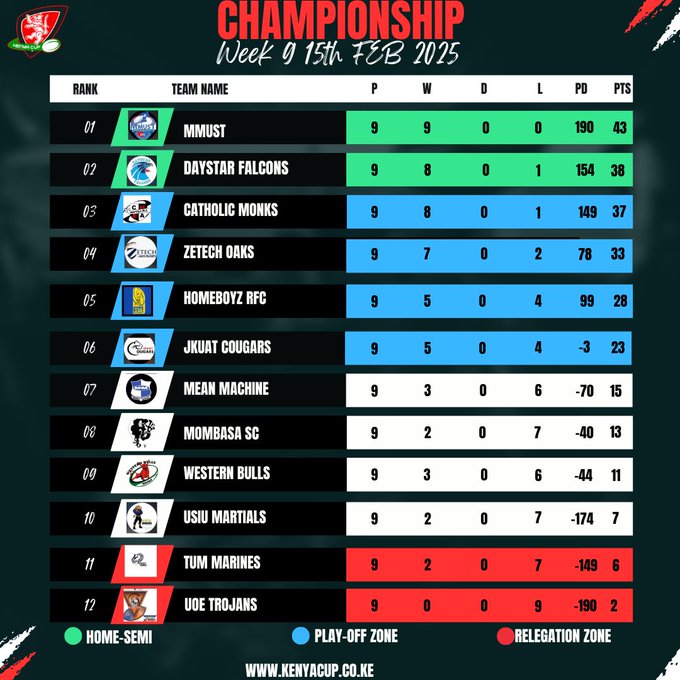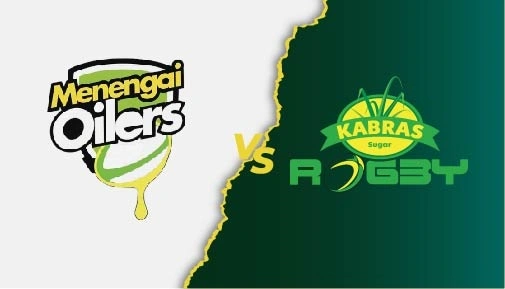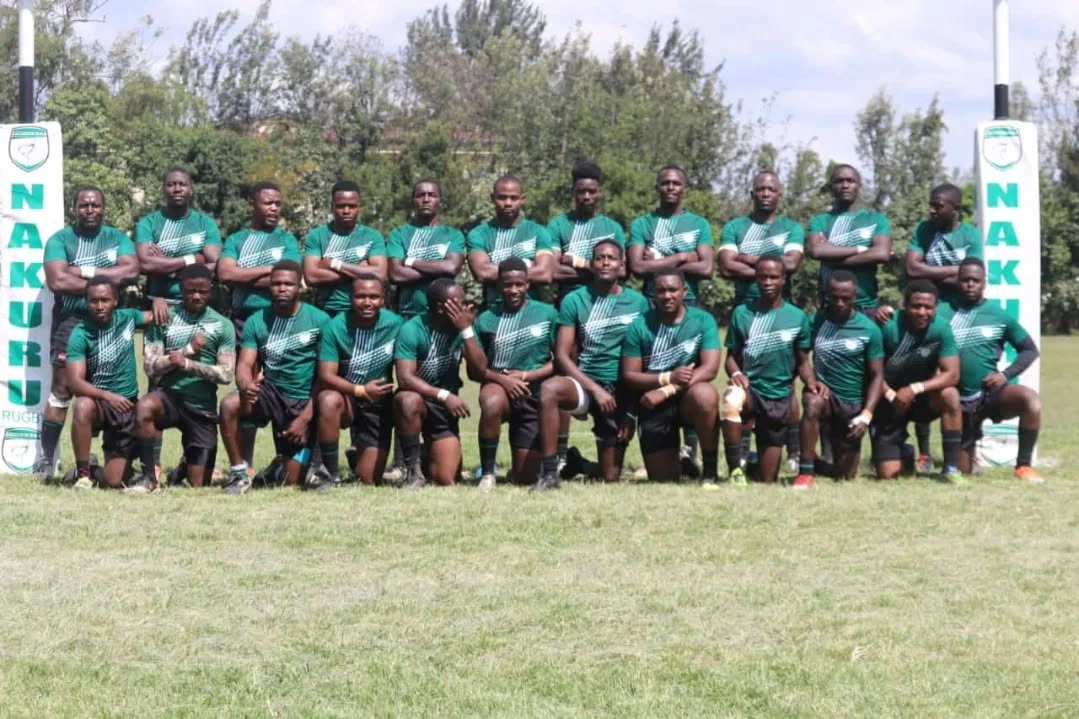
Battling for Survival: The Harsh Realities of Kenya Cup Rugby
Kenyans have a long and storied history with rugby, and their passion for the sport has been a source of national pride for many years. The Kenya Rugby Union (KRU) League's organizational structure generates doubts about its justness, operational effectiveness, and long-term viability.
The insufficient Kenya Cup and Nationwide leagues prompted KRU to establish the Championship as a new category promoting field equality. The structural transformation initiated new difficulties while creating fresh prospects that revealed fundamental aspects of Kenya's rugby operation.
Historical Context: A League System Revamped
For numerous years, Kenyan rugby counted on the Kenya Cup and Nationwide leagues as its key competitions. Due to its understated organizational structure, the conclusion between high- and low-tier teams within the framework made it difficult for clubs to move up through competitions. The KRU developed the Championship category to provide competitive opportunities for clubs interested in moving from lower to higher divisions.
A restructured system was introduced to establish competitive barriers, which boosted rugby development throughout all regions in Kenya. The system developed further, but it brought forth new difficulties. Different teams experienced diverse levels of pressure, together with competition and reward conditions, which demonstrated both positive and negative characteristics within these new leagues.
Decline of Once-Prominent Teams
Despite their downward trajectory in Kenya's rugby league, Mwamba Rugby Club and Nakuru Rugby Club (Wanyore) are essential storylines. Mwamba Rugby Club and Nakuru Rugby Club (Wanyore) were dominant championship powers of the Kenya Cup but now face challenges to resurrect their past success. Their decline stems mainly from financial hurdles.
The path to achieve past success continues to challenge both Mwamba Rugby Club and Nakuru Rugby Club significantly. These clubs demonstrate how the league delivers harsh lessons to all teams when combined with changing difficulties and demanding fan expectations.

Homeboyz Rugby Club, despite their notable victories against formidable opponents like Kabras Sugar and KCB earlier in the season, is currently another side facing significant challenges. Competing in KRU Championship, Homeboyz Rugby Club lacks the stability of a dedicated playing ground.

Western Bulls Rugby Club maintained its solid reputation as a dominant rugby house until it moved down to the Championship level, where it now fights to keep its spot on the championship side.
The Catholic Monks (CUEA) continue to dedicate their time to their Kenya Cup return efforts. Rugby teams linked with universities experience a problematic struggle to juggle academics, work with restricted resources, and compete effectively.
Wan-Yudhee from Kenyatta University should explain the methods for their Blak Blad rugby team to maintain its standing in the Kenya Cup League.Blak Blad shows exemplary determination to all those who observe their efforts. The team operates under similar conditions experienced by other university teams, yet they continue to hold their position in the top division. Their focus on player development and institutional support, along with their determined team culture, illustrates how they sustain their position, which should become a model for study. Other varsity and non-varsity clubs experience difficulties because they face different levels of resource distribution and differing levels of management and support systems inside the rugby network.
Nondies’ Resurgence: A Tale of Grit and Strategy
Nondescripts Rugby Club shows exceptional resilience and strategic development against the giants who have faced ongoing challenges. Nondies experienced remarkable growth by reaching the semifinal playoff position after being demoted. The team's small margin of victory demonstrates their achievement of units working with precision and unwavering mental strength.
The team defeated Blak Blad 23-6, then won 26-24 against Kenya Harlequins and secured a 24-20 win against Impala. The club demonstrated its capacity to battle intense competition by producing these narrow but significant victories. Nondies proves a team can transform and overcome challenges within the league's organized yet demanding system.
Disparity in the Kenya Cup League
Direct Semifinal spots belong to teams that secure positions one and two while gaining the subsequent advantage of playing at home. The higher position creates additional recovery opportunities and preparation time, giving the teams an important advantage.
Among the teams who come in at positions number three through six, the quarter-finals determine which two will advance to the semifinals. Success through the semifinals poses numerous obstacles because quarter-finalists meet their opponents who have spent more time resting on new competition fields.
The seven through nine-place clubs confront an ambiguous situation during the championship run. After the playoffs start, these teams need to shift their focus toward remaining in their position because they no longer contend for the championship title.
The competitors in the bottom section of the table fight relentlessly to escape relegation. The clubs' preoccupation with staying afloat makes survival their only priority above growth or any dreams of winning the title.
The Harsh Realities of Competition
The Kenya Cup's competition structure increases competition gaps among teams even though it exists to identify top-performing teams. Top-tier teams gain substantial advantages from semifinal direct qualification and the added benefit of playing games at their home venue. The present system creates significant obstacles for teams between the top and the bottom since they have to compete with extensive matches despite limited team resources.
Teams engage in an unequal competitive atmosphere because they receive different opportunities to prepare and rest equally. Teams that reach the quarter-finals frequently struggle during matches against refreshed semi-finalists who gained this advantage through earlier direct qualification games. The teams in mid-table positions and those battling for relegation experience futility because their opportunities to contend for the title fade away during the early part of the season.
Is the system fair?
The question of fairness looms large over the Kenya Cup. Direct semifinal participation for the top-performing teams encourages continuous strong performance each season. The current format allows chosen clubs to bypass challenges while forcing lower-tier clubs to face stiffened competition.
To achieve lasting success, the league needs to establish a perfect equilibrium between effectively dressing champions and promoting diversity among participants. Modifying semifinal requirements, including equal player relaxation time and playing locations at unbiased locations, will promote fair competition.
The Way Forward
Kenyan rugby exists in a dual posture because it presents complex problems yet offers promising prospects. The league's harsh realities show that it needs further development so stakeholders can unite to eliminate disparities while boosting competitiveness.
Team availability includes appropriate funding resources, training facilities, and support systems that are easily accessible to every team.
Organizations should evaluate new league arrangements to maintain fair competition while preventing adverse effects.
Grassroots development requires stakeholders to fund youth programs and lower-tier leagues to build a lasting talent development system.
The model supports engagement between team clubs and their players and administrators to build unity by addressing their concerns.





